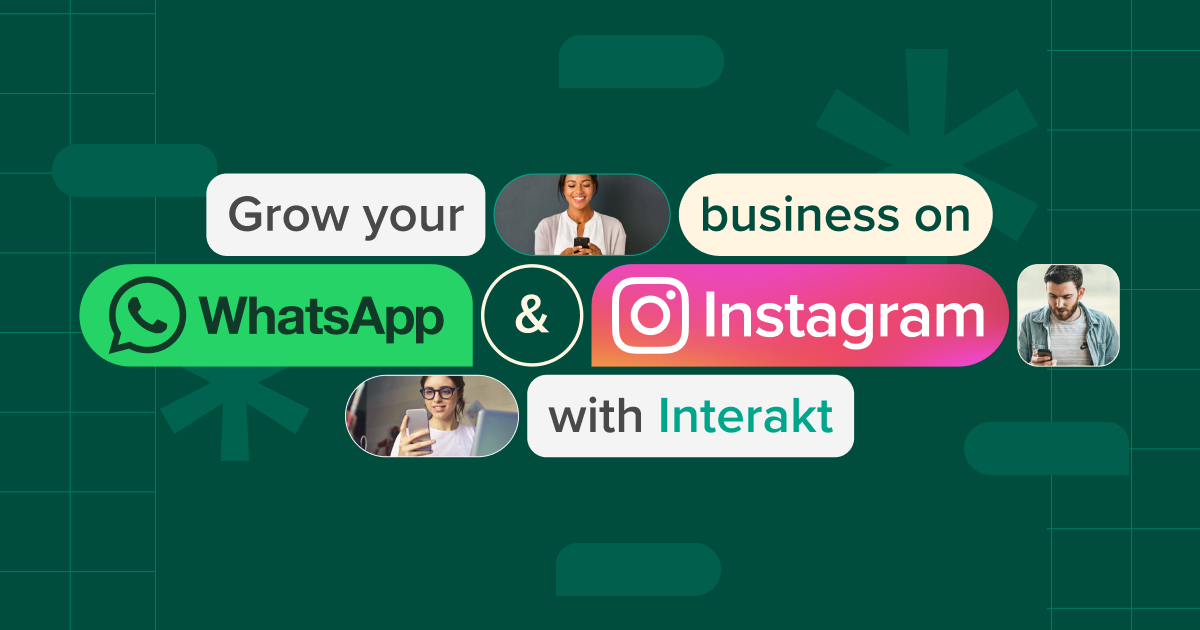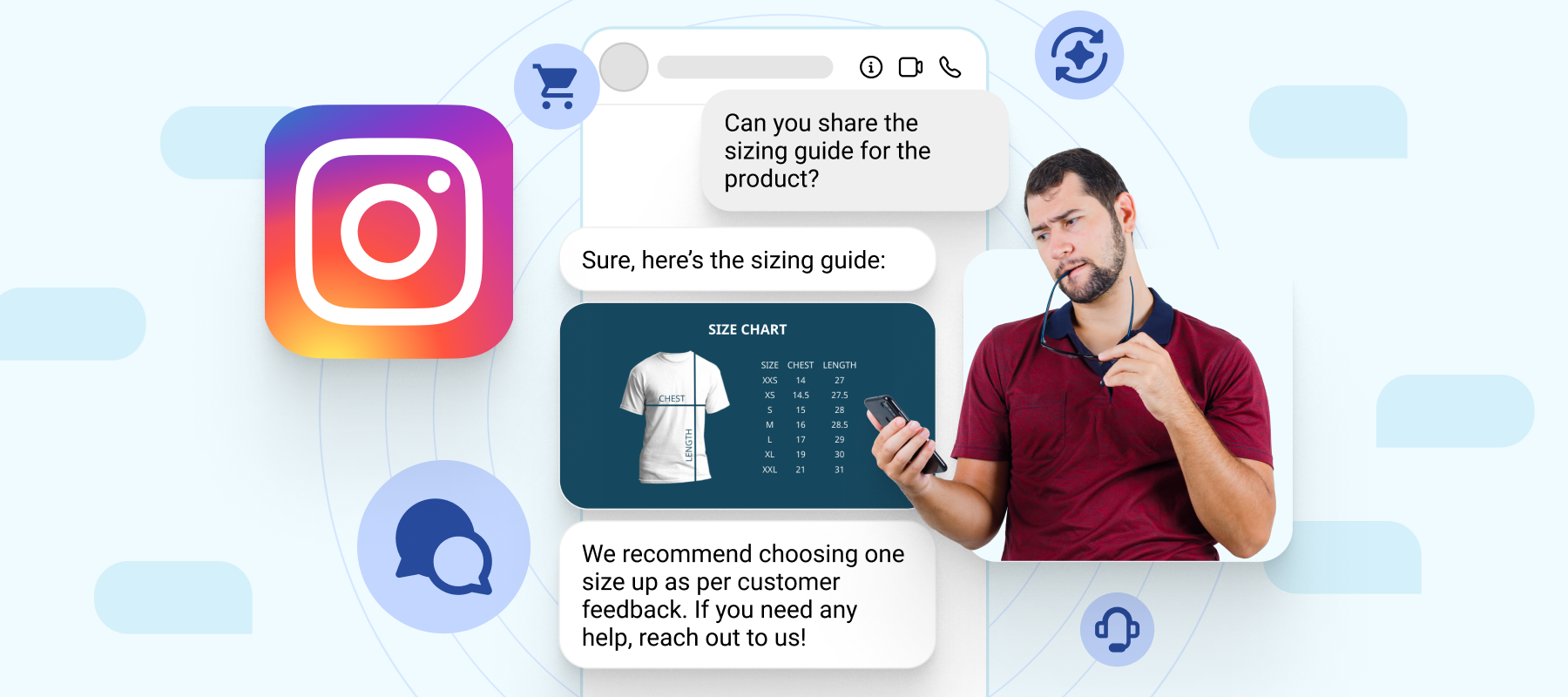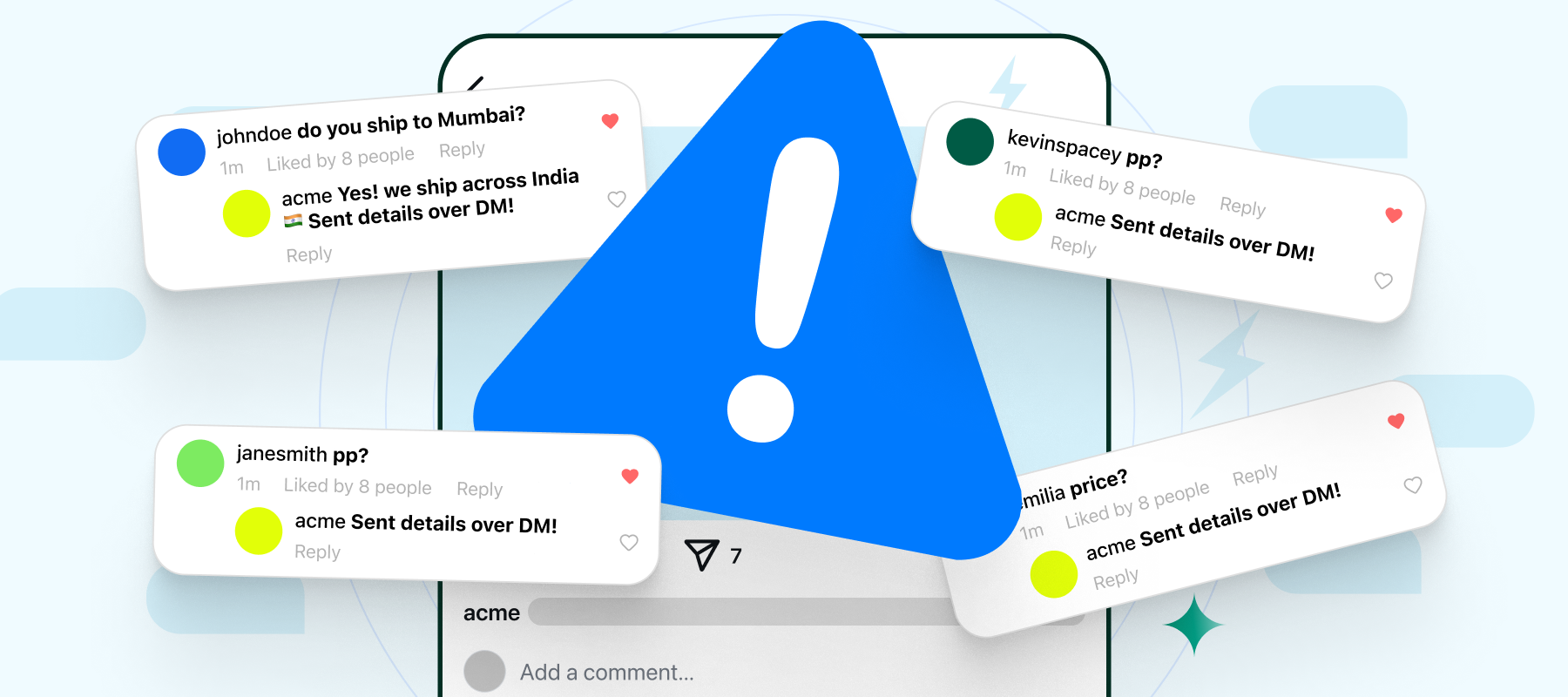Automation has become a powerful tool for brands and creators looking to grow on Instagram. From scheduling posts to managing DMs, it helps save time and maintain consistency.
But Instagram doesn’t exactly love bots.
In fact, if you’re not careful, using the wrong tools or pushing too hard can get your account flagged or worse, blocked.
That’s why it’s crucial to know where to draw the line.
In this post, we’ll discuss the best practices for automating Instagram automation correctly so you can scale your efforts without risking a ban.
Understanding Instagram’s Automation Policies
Instagram does not completely ban automation, but it places strict controls around its use. Automation is only allowed for professional accounts, including business and creator profiles. These accounts must be connected to tools that follow Instagram’s platform rules and data policies.
Only tools that go through Meta’s official review and approval process can access Instagram data. These apps must meet strict criteria around data usage, user privacy, and transparency. Any tool or service that asks for your Instagram login directly, operates without approval, or mimics user actions in the background is considered unauthorized.
Instagram’s priority is to protect the platform from spam and abuse. So, while automation can be part of a growth strategy, it must be done through approved systems and used responsibly.
Activities Considered Violations
Instagram has systems in place to detect and penalize unnatural or unauthorized behavior. Below are the most common automation-related activities that can lead to account restrictions:
-Bulk or repetitive actions – Liking too many posts, following or unfollowing multiple accounts, or posting several comments in a short period is considered spammy behavior. These patterns are easily detected and can trigger action blocks or account reviews.
-Use of bots for messaging or commenting – Sending automated direct messages or posting repeated, generic comments violates Instagram’s guidelines. These messages are often marked as spam by the platform or reported by users, reducing your account’s credibility and reach.
-Data scraping or unauthorized data access – Using scripts or tools to extract user data, hashtags, or media at scale is not allowed. Even if the content is public, automated scraping violates Instagram’s data policies and can lead to legal or account-related consequences.
-Sharing login credentials with third-party apps – Providing your Instagram username and password to tools that are not officially approved is a direct violation. This puts your account at risk of being compromised and can lead to immediate action from Instagram, including login challenges or account disabling.
Safe Automation Practices
Here are some safe automation practices that help you stay compliant without the risk of being flagged or blocked:
1. Using approved tools
Always use tools that are officially compliant with Instagram’s policies. Avoid apps that ask for your login credentials or promise aggressive growth tactics. These usually operate outside Instagram’s permitted methods and can put your account at risk.
Using a trusted platform like Interakt helps you automate tasks like replying to messages or managing conversations while staying fully compliant. This keeps your account safe and your automation reliable.
2. Limiting automation activities
Avoid automating actions like mass liking, following, or commenting. Instagram quickly flags these bulk behaviors and offers little real value. Instead, use automation to handle meaningful interactions like responding to common queries, sending order updates, or following up on customer interest.
Focusing on value-driven engagement helps you stay within Instagram’s safe limits while improving how people interact with your brand.
3. Gradual implementation
Avoid switching everything to automation at once. Introduce it slowly by automating one or two tasks, then track how Instagram responds.
Gradual rollout helps your activity look natural and reduces the risk of account restrictions. It also gives you time to adjust what’s working and remove what’s not.
Monitoring Account Health
Even if you’re using automation responsibly, it’s important to keep an eye on your account’s health. Instagram doesn’t always issue direct warnings before restricting features. That’s why regularly reviewing your account for early signs of trouble can help you make adjustments before things escalate.
One of the best ways to stay safe is to check for unusual activity, feature limitations, or sudden drops in engagement. These could be signs that Instagram is flagging your behavior.
Here’s what you should look out for:
-Sudden decrease in reach or engagement on posts
-Temporary restrictions on liking, commenting, or following
-“Action Blocked” messages while using certain features
-Verification prompts or repeated login requests
-DMs or comments not getting delivered properly
Catching these signs early allows you to pause or refine your automation settings to avoid further damage.
Adjusting automation strategies based on account performance
If you notice any of the warning signs above, don’t ignore them. Instead, treat them as signals to reassess your current automation setup.
Start by identifying which actions are being automated too frequently or too aggressively. Reducing the frequency of automated actions or narrowing the targeting can resolve the issue. You should switch to safer tools or temporarily scale back until your account recovers.
Making small changes in response to performance shifts helps protect your account while still keeping automation useful and sustainable.
Alternatives to Automation
If your DMs aren’t constantly buzzing or you’re handling a manageable flow of messages, you might not need full-scale automation. In such cases, these simple, built-in options can help you stay responsive without overcomplicating things.
1. Leveraging Instagram’s native features
Instagram gives you a few handy features to help manage conversations more efficiently. One of the simplest and most effective is Saved Replies. You can set up responses to common questions like delivery times, business hours, or pricing and reuse them with just a few taps.
It’s a quick way to stay responsive without relying on external tools. Plus, because it’s a native feature, there’s zero risk of policy violations.
2. Combining manual engagement with limited automation
You don’t need to automate everything to stay efficient. Let automation handle simple, repetitive tasks like welcome messages or basic updates. For everything else, especially comments and direct replies, stick to manual responses.
This balance keeps your interactions real and personal, while still saving time. It shows your audience there’s a human behind the account, which builds trust and keeps engagement authentic.
Conclusion
Automating your Instagram can help you stay consistent, save time, and make managing conversations much easier.
But to truly see those benefits, you must use tools that follow Instagram’s official guidelines and support safe, reliable practices.
That’s where Interakt comes in. It’s built to help you automate correctly without risking your account or losing the human touch. Plus, it makes following best practices simple and stress-free.







